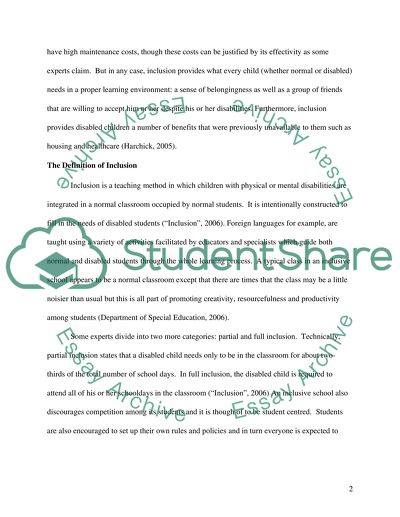Cite this document
(“Effective schools are inclusive schools Essay Example | Topics and Well Written Essays - 2500 words”, n.d.)
Retrieved from https://studentshare.org/miscellaneous/1511410-effective-schools-are-inclusive-schools
Retrieved from https://studentshare.org/miscellaneous/1511410-effective-schools-are-inclusive-schools
(Effective Schools Are Inclusive Schools Essay Example | Topics and Well Written Essays - 2500 Words)
https://studentshare.org/miscellaneous/1511410-effective-schools-are-inclusive-schools.
https://studentshare.org/miscellaneous/1511410-effective-schools-are-inclusive-schools.
“Effective Schools Are Inclusive Schools Essay Example | Topics and Well Written Essays - 2500 Words”, n.d. https://studentshare.org/miscellaneous/1511410-effective-schools-are-inclusive-schools.


